#research laboratories
Text
Unlocking Precision and Efficiency: The Benefits of Automated Slide-Staining Systems in Tumor Diagnosis
Introduction
In the realm of modern medicine, precision and efficiency are paramount, especially when it comes to diagnosing complex conditions like tumors. Traditional diagnostic methods, although effective, can be time-consuming and prone to human error. This is where automated slide-staining systems come into play. These advanced technologies have revolutionized tumor diagnosis, offering a host of benefits that enhance accuracy, streamline processes, and ultimately improve patient outcomes.
Enhanced Accuracy
One of the primary advantages of automated slide-staining systems in tumor diagnosis is their ability to provide consistent and accurate results. Human errors, such as variations in staining techniques or misinterpretation of slides, can lead to incorrect diagnoses. Automated systems, on the other hand, ensure uniform staining procedures and eliminate the risk of human error, leading to more reliable results.
Time Efficiency
Manual staining of slides for tumor diagnosis can be a labor-intensive and time-consuming process. Automated systems dramatically reduce the time required for staining, allowing for quicker turnaround times in pathology labs. This rapid processing not only expedites diagnosis but also facilitates timely treatment decisions, which can be critical in cancer cases.
Standardization of Processes
Consistency is key in pathology, and automated slide-staining systems excel in standardizing staining protocols. These systems can be programmed to follow precise staining procedures, ensuring that each slide is treated identically. This consistency minimizes inter-laboratory variability and enhances the reproducibility of results, which is essential for research studies and clinical trials.
Preservation of Sample Integrity
Preserving the integrity of tissue samples is crucial in tumor diagnosis. Manual staining techniques may subject samples to handling errors or contamination. Automated systems handle samples with care, reducing the risk of damage or contamination and preserving the sample's quality.
Cost-Efficiency
While automated slide-staining systems represent a significant initial investment, they often prove cost-effective in the long run. The reduced need for manual labor and the elimination of reagent waste due to precise, controlled staining contribute to cost savings over time. Additionally, the ability to process a higher volume of slides with fewer resources makes automated systems economically viable for high-throughput laboratories.
Improved Workflow
Streamlining the diagnostic process is a key benefit of automation. Automated slide-staining systems can be seamlessly integrated into laboratory workflows, reducing bottlenecks and optimizing resource allocation. This allows pathologists to focus more on interpretation and less on tedious, time-consuming tasks.
Flexibility and Customization
Modern automated systems offer a high degree of flexibility and customization. Laboratories can adapt staining protocols to suit specific diagnostic needs or accommodate different types of specimens. This adaptability ensures that the system can address a wide range of tumor diagnosis requirements.
Conclusion
The adoption of automated slide-staining systems like NanoVIP® has ushered in a new era of precision and efficiency in tumor diagnosis. By enhancing accuracy, reducing processing times, standardizing procedures, and preserving sample integrity, these systems contribute significantly to improved patient care and outcomes. As technology continues to advance, the benefits of automation in pathology will only become more pronounced, reinforcing the vital role that automated slide-staining systems play in the field of medicine.
#NanoVIP® 100 & 300#Automation#FISH#ISH#miRNA ISH#Reliable Results#Protocol Optimization#User-Friendly Software#Clinical Laboratories#Research Laboratories
0 notes
Text
Xisuma: Dude, come on, you're sick. Go see a doctor.
Ren: Nope. I hate doctors. Will not be going to one, no thank you, the door is that way—
Xisuma: Ren, there are two people on this server with professional medical experience. You know who they are? Gem and Doc.
Xisuma: If you cooperate, I'll call Gem. If you insist on not taking care of yourself, I'll call Doc.
Ren:
Ren: I'll call Gem.
#fun fact gem has a degree in medical laboratory technology and doc has a phd for dementia research#I know that neither of them are doctors but it's close enough for the sake of this joke#there would 100% be teasing about ren getting old if doc was called in#incorrect hermitcraft quotes#hermitcraft incorrect quotes#xisuma#xisumavoid#rendog#ren dog#ren the dog#renthedog#geminitay#docm77#logfellas#octagon#hermitcraft#hermitblr
349 notes
·
View notes
Text



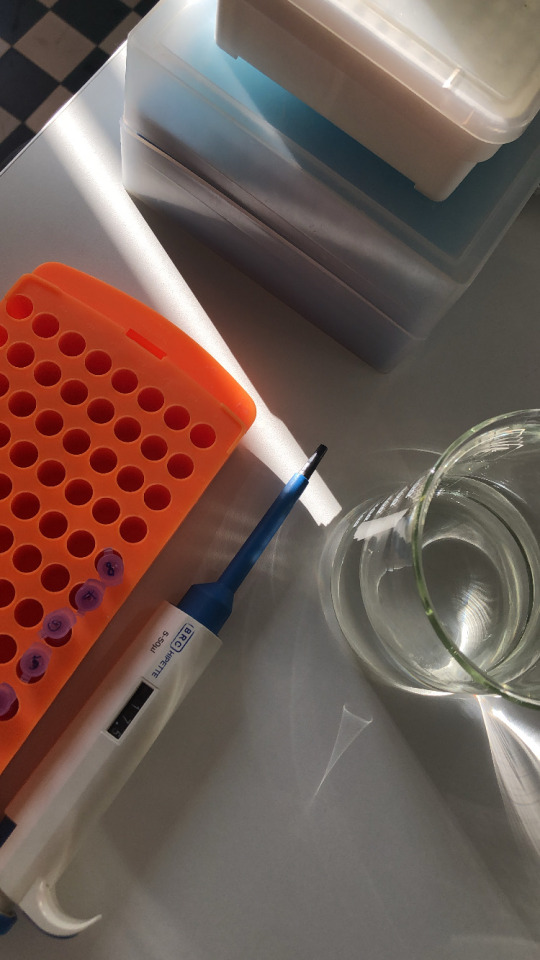

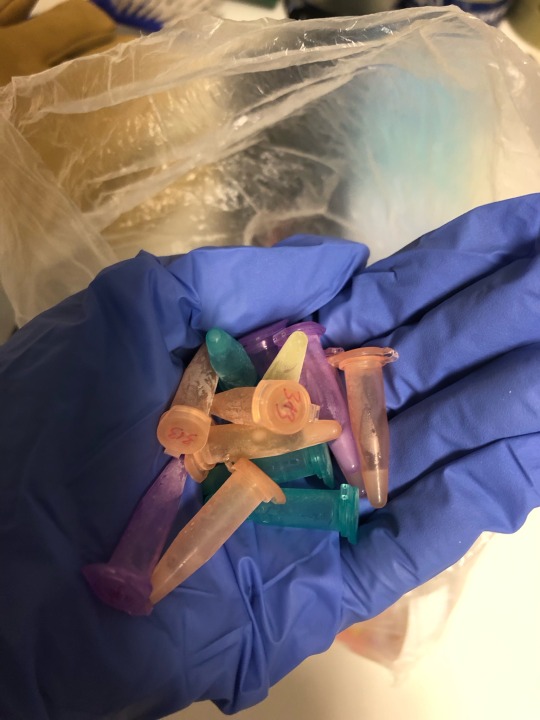
first semester as a molecular bionics engineering student is over, so my location is at the lab for this week!!🥽
#saját#studyblr#lizystudying#myown#lizysinpain#studying#study#study vibes#lizysvibe#lizysbionics#stem#women in stem#women in science#science#neuroscience#brain#brain research#laboratory#prethesis
104 notes
·
View notes
Text
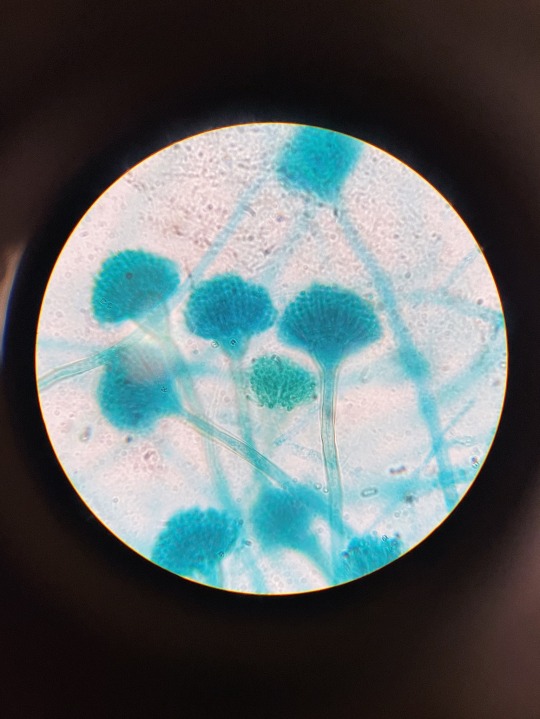
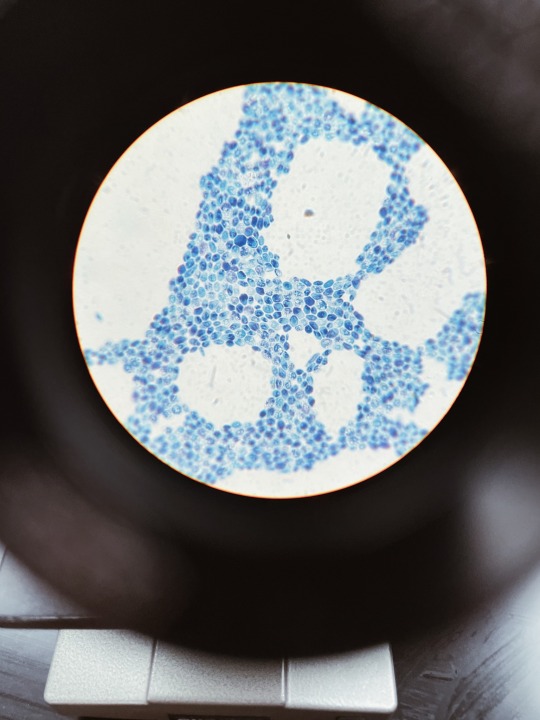


[March, 2023] culture stains & snow days
#neurocrow#aesthetic#biomedical#neuroscience#student#college#laboratory#research#studyspiration#stem student#study#chemistry#studybrl#acadamia#dark academia#microbiology#stemblr#science
296 notes
·
View notes
Text
Apollo Application Program: BALLOS

Concept art of BALLOS (BALlistic LOgistic Spacecraft), an Apollo-derived logistics spacecraft. It was studied by NASA, Lockheed and McDonnell-Douglas for the transportation of Astronauts to and from the Large Orbiting Research Laboratory (LORL) space station for the Apollo Application Program.


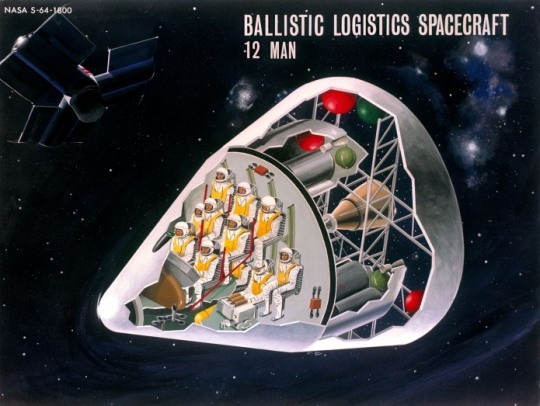
It came in three variants, a 6 astronaut version (2 crew, 4 passengers), 9 astronaut version (2 crew, 7 passengers) and a 2 astronaut version (2 crew, 10 passengers).

It would potentially be launched onboard either the Saturn IB or Titan III-C (in hammerhead configuration). The Saturn IB was preferred. Despite being bigger than the base line Apollo CSM, it would weigh roughly the same.
The 12 astronaut version has the following description:
"It is conical in shape with a spherical segment base. The base diameter of the spacecraft is 190 inches. The cargo-maneuver module is conical in shape and located immediately aft of the crew module. The conical shape adapts the 190-in. diameter crew module to the 260-inches diameter of the launch vehicle. This module is capable of carrying 13,455 lb of packaged cargo and 3,755 lb of maneuver propellant. This propellant is sufficient to meet the maneuvering impulsive velocity requirements of 1,050 fps which is provided by a modified LEM descent engine located in the module. Three solid-propellant retrorockets are located at the fore end of this module also.

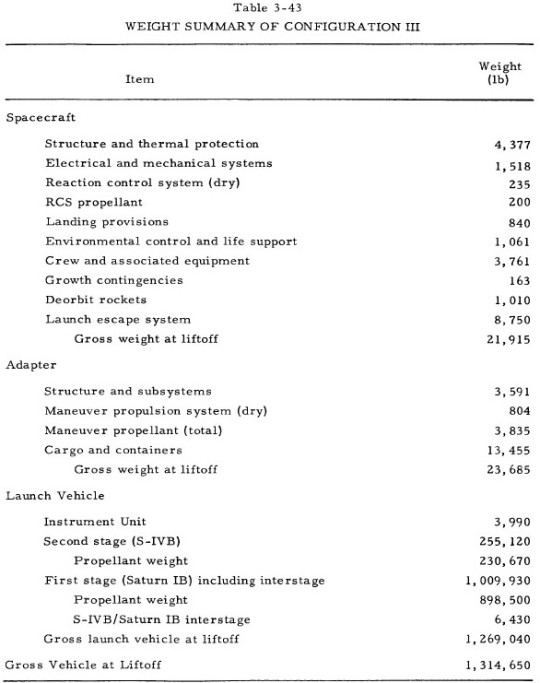
This vehicle fulfills the mission requirements of delivering 12 men and 13, 455 lb of packaged cargo to a space station orbiting at an altitude of 260 nmi and an inclination of 29.5°. The launch vehicle puts the spacecraft in a 105 nmi parking orbit from which a Hohmann transfer is used to reach the rendezvous altitude of 260 nmi. Impulse for the Hohmann transfer and injection into final orbit is provided for in the 1,050 fps of impulsive velocity capability of the maneuver propulsion system. The maximum dynamic pressure of 525 psf is reached approximately 85 sec after launch. The maximum longitudinal acceleration during launch is approximately 4 g's."


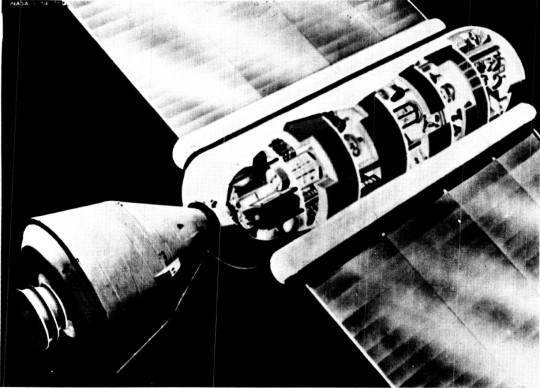
At the end of the mission, the capsule would return to Earth for recovery, refurbishment and reuse. The propulsion module would be allowed to burn up.
"On an operational basis, prelaunch preparation time for a new [Ballos] spacecraft is 40 days. This time period includes receiving and shop processing prior to mating to the erected launch vehicle.
The projected 1968 to 1970 time period estimate for on-pad preparation time for the Saturn IB launch vehicle is 48 days. Of this, 23 days are allowed for payload mating and integrated vehicle checkout. The total prelaunch processing time required for the [BALLOS] vehicle, therefore, would be 63 days."
BALLOS never progressed past the study phase, like many proposals of the Apollo Application Program.
Date: Study 1964
source, source
NASA ID: S64-3663, S63-4634, S64-1800
#BALLOS#BALlistic LOgistic Spacecraft#Apollo CSM#NASA#Apollo Program#Apollo Applications Program#Study#1964#concept art#Large Orbiting Research Laboratory#LORL#my post
57 notes
·
View notes
Photo

Richard Rogers & Partners, Patscentre Research Laboratory, Melbourn, England, 1976-83.
187 notes
·
View notes
Text
A fresh analysis of moon rocks brought home during the Apollo missions has, for the first time, revealed the presence of hydrogen. This finding suggests future astronauts could someday use water available right on the moon for life support and rocket fuel.
Researchers with the U.S. Naval Research Laboratory (NRL), to whom NASA provided the lunar samples for a research study, announced last week that they discovered hydrogen in lunar soil sample 79221. The detected hydrogen is thought to have been brought into existence by incessant showers of solar wind, and even comet strikes, on the moon.
"Hydrogen has the potential to be a resource that can be used directly on the lunar surface when there are more regular or permanent installations there," study lead author Katherine Burgess, a geologist at NRL, said in a statement. "Locating resources and understanding how to collect them prior to getting to the moon is going to be incredibly valuable for space exploration.
Per one NASA estimate, it would cost thousands of dollars to launch a bottle of water to the moon. So to cut costs, ice on the moon can be used in-situ as water for astronauts — and, in fact, may also be broken down into its components (hydrogen and oxygen) to be used as rocket fuel for journeys between the moon and Earth. Perhaps it can be used to bring humans to Mars as well someday; perhaps beyond.
Continue Reading.
62 notes
·
View notes
Text

28 notes
·
View notes
Text

Thank you to all the wonderful corporations supporting Pride Month!
Remember: evil doesn’t discriminate
#pride month#umbrella corporation#united aerospace#silver shamrock novelties#skynet#omni consumer products#shinra corporation#lexcorp#igen#weyland yutani corporation#mishima zaibatsu#abstergo industries#black mesa research facility#aperture laboratories#mann co#scp foundation#mom’s friendly robot company#virtucon
98 notes
·
View notes
Text
rereading albrechts notes and the duviri fragment on scholars landing, having a lot of thoughts and no clue how to word them
#andro talks#giving myself brain damage again#dont ask me about it#all i can do is wordlessly gesture and hope you understand#what the fuck was he doing in duviri? HOW did he get there?#WHAT WAS HE RESEARCHING THERE#“laboratories to match the ones he had in his former life” why is it worded like that?? did he not expect to come back?#granted its acrithis that words it like that so maybe she thought this was a one way trip BUT STILL!!!!#what do you MEAN they disappeared overnight?#acrithis doesnt know what happened to scholars landing but does thrax?? do they still exist or did al order to have the labs destroyed?#what if they still exist? like hidden away somewhere in a pocket dimension? probably not in the undercroft since its too close to the void#also with the new lab tiles we have evidence that al brought back plants and animals from duviri WHY#AL LET ME BE A FLY ON THE WALL OF YOUR BRAIN I NEED TO SEE WHATS GOING IN THERE AAAARHGHGHG
14 notes
·
View notes
Text


#kirby#daily kirby#my art#digital#hal laboratory#nintendo#an accurate representation of my day#I did not make anything (aside from a little knitting and a pan of crescent rolls)#I just spent. uh. 5 hours researching resin crafts.#I've been fascinated with resin for like a decade#but it's so expensive! and I thought the applications were so limited!#so I intentionally kept myself out of it!#like obviously I knew it was great for water facsimiles#and I was vaguely aware I could use it to make the little cabochons for lolita accessories and stuff#but in the past 5 hours I have learned how shaker charms work#(which I've always kinda wanted to make gorb shakers but assumed they *had* to be done by a manufacturer)#and I've been reminded that bezels exist and if you're careful with how you go about things they can be made very very similar to enamel pin#*pins#(something I've *also* wanted to make for years but haven't due to sunk cost and minimum order quantities)#so uhhhhhhhhhh#if I get to stay on the good med there may be more gorb merch this fall.#since I can make it by hand.#(superaenbow had the great idea of making like set boxes of merch instead of a la carte individual items)#(since they're also chronically ill and it takes a lot less energy to pack 20 identical boxes in a row when you've got time flexibility)#(rather than like 10-40 unique packages)#(I would probably be doing something like that. or like maybe mostly set boxes and a few extras a la carte or something.)#(could make prints and maybe do die-cut stickers since it would take less wrestling with the machine than the kiss-cut)#(anyway no guarantees! dunno if I get to keep the good med!)#favorites
107 notes
·
View notes
Photo

Carl Woese with an RNA model at General Electric Research Laboratory in 1961.
I Am Collective Memories • Follow me, — says Visual Ratatosk
#BW#Black and White#Preto e Branco#Noir et Blanc#黒と白#Schwarzweiß#retro#vintage#Carl Woese#RNA model#RNA#General Electric Research Laboratory#GE#labs#1961#1960s#60s#portrait#肖像#画像#retrato#Porträt#history of science#history of biology#history#histoire#história#Geschichte#歴史#historical
9 notes
·
View notes
Text

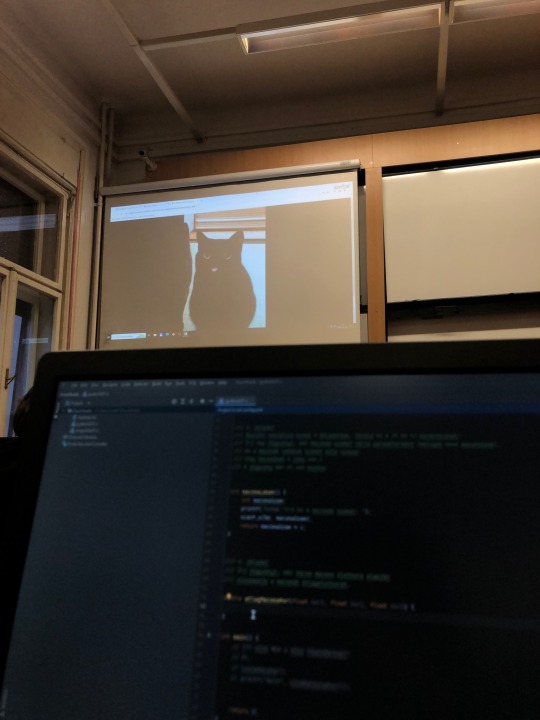

sometimes it’s ok to screw up a whole experiment, simply because it’s your first turn. you will be better day by day! 👩🏼🔬🎀🧠⚖️
#saját#studyblr#lizystudying#myown#lizysinpain#studying#study#study vibes#lizysvibe#lizysbionics#lab#laboratory#science#women in science#women in stem#neuroscience#neuro#research group#uni vibes#studyspo
26 notes
·
View notes
Text

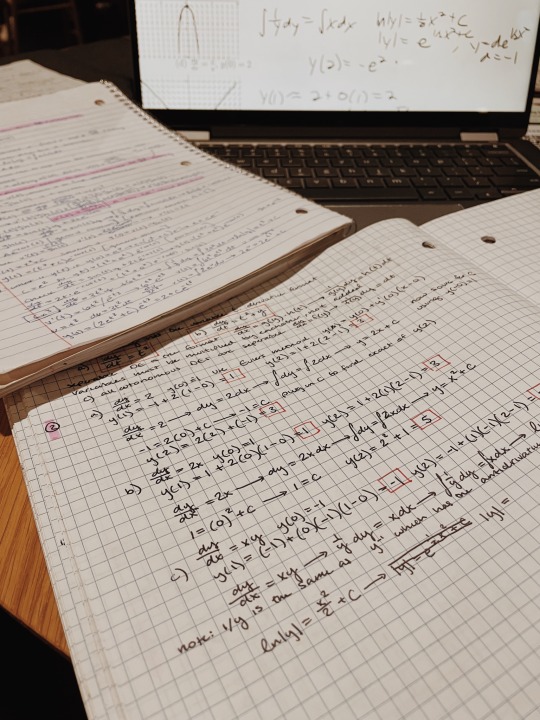


[Nov 17, 2022] preparing calculus notes for my tutoring hours & admiring the snow
#neurocrow#aesthetic#biomedical#neuroscience#student#college#laboratory#research#studyspiration#stem student#chemistry#study#studybrl#math#calculus#notes#snow#dark academia#acadamia
574 notes
·
View notes
Text
At least two species within the goblin spider family (family Oonopidae) — Heteroonops spinimanus and Triaeris stenaspis, in case anyone is wondering — are believed to be parthenogenetic (in other words, they can develop an embryo from an unfertilized egg). So, with this in mind, do y’all think there’s ever been some unlucky Web Avatar out there who went to a routine appointment at the gynecologist only to get the news that they’re the next Virgin Mary and they’re gonna give birth to Web Jesus?
#the magnus archives#tma#tma web#cw religion#cw christianity#cw blasphemy#cw spiders#every time i have one of these ridiculous araneology-based thoughts about the Web i remember that johnny sims is on tumblr dot com#and while i would never do it. it is incredibly funny to me to know that i could just send him an ask like YO MR. JOHNNY SIMS.#I WAS THINKIN ABOUT SPIDER SEX AGAIN AND I WAS WONDERING IF ANY WEB AVATAR HAS EVER HAD A VIRGIN BIRTH TO BRING WEB JESUS INTO THE WORLD#ofc i wouldnt do that bc it’s a bit impolite to ask ppl questions about spider reproduction unprompted#but conceptually. the fact that it is theoretically possible to do that is incredibly funny to me.#mr. johnny sims if you’re reading this i just want you to know.#that researchers have demonstrated parthenogenetic reproduction of T. stenaspis spiders in laboratory conditions.
13 notes
·
View notes
Photo
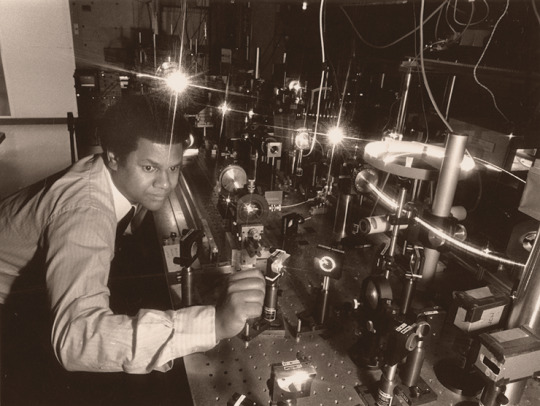
Anthony M. Johnson conducting experiments on the optical properties of glass fibers, Quantum Physics and Electronics Research Department, AT&T Bell Laboratories, Holmdel, New Jersey, c. 1980s.
#science#physics#optics#Anthony M. Johnson#Quantum Physics and Electronics Research Department#AT&T Bell Laboratories#Bell Labs#Holmdel#New Jersey#USA#1980s
128 notes
·
View notes